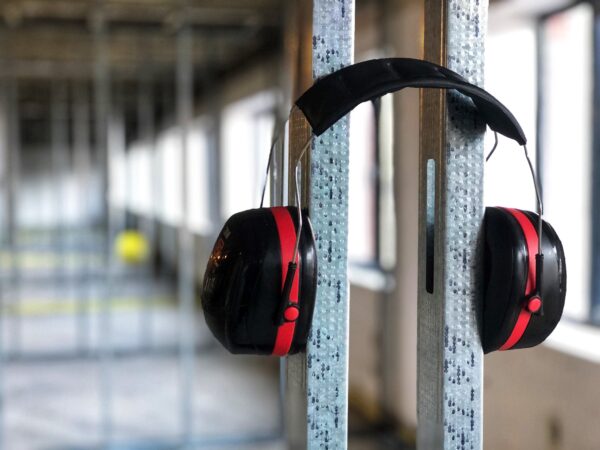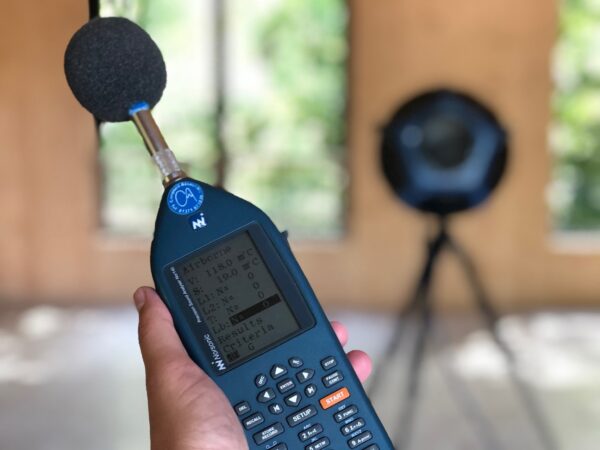Sound Proofing –Decoupling Party Walls
The 2nd element of a robust soundproofing design (or acoustic design) is the Decoupling of materials. Basically, the term definition of decoupling is to separate objects or construction. Decoupling materials within party wall construction is mostly done with resilient sound clips, resilient acoustic channel, or extra framing i.e., double stud or staggered stud walls. In most instances, sound vibrations will transfer easiest from material to material with solid connections, rather than through open space such as cavities.
In our experience coupled wall constructions usually have the worst sound insulation performance, this is because the sound has a solid sound transfer path via the direct fixed plasterboard to the framing and then through the direct fixed plasterboard on the other side – this type of wall construction invariably fails the precompletion sound testing. To improve the sound insulation performance of the party wall you need to introduce acoustic decoupling by reducing the number of connections by installing resilient sound clips, or by breaking the path entirely via the introduction of a 2nd wall leaf and cavity.

Constructing extra leaf’s to decouple party walls
Building an extra frame 2nd wall leaf is a powerful way to isolate sound with minimal use of acoustic isolation products. Double stud framing a room with a 50mm cavity between walls will usually perform better than most types of acoustic system including resilient clip or hybrid boarding systems; however, it comes at the expense of an extra loss of floor area due to the increase in wall dimensions of 100mm – 150mm.
Using resilient sound clips to decouple part walls
Resilient sound clips are small metal and rubber connections that attach to the timber of blockwork with screws. Resilient bars are then installed to the clips and plasterboard is then fastened to the channel. Sound clips provide acoustic decoupling by suspending the plasterboard on the resilient bars approx. 25-40mm from the timber or blockwork wall. This type of system is often favoured by developers as it has a minimal build up in comparison to constructing a double leaf wall with cavity.

The importance of acoustic insulation in decoupled party walls
In decoupled wall construction, we now know the sound transfer through the framing is reduced significantly in comparison to coupled construction. However, sound can still easily travel directly through the mass of the wall assembly and cavity. Because of this, the importance of installing good acoustic insulation within the wall leaf’s cannot be understated. It is always good practice to specify acoustic insulation with a minimum mass of 45kg/m3.
Getting the acoustic design right from the word go, is key, and APT Sound Testing can help in all areas of sound insulation design and testing. Get in touch on info@aptsoundtesting.co.uk to request a quote or call us on 01525 303905 to discuss your development.
Please Note: although we take every care to ensure the information was correct at the time of publication. Any written guidance provided does not replace the user’s professional judgement. It is the responsibility of the duty-holder or person carrying out the work to ensure compliance with relevant building regulations or applicable technical standards.
